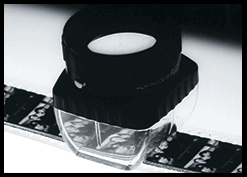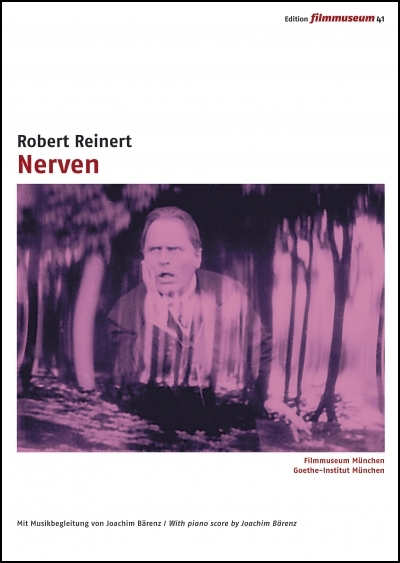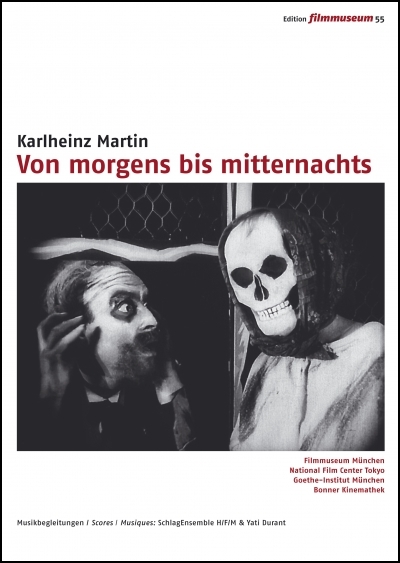GME DVD Distribution – Boris Lehman and Nicholás Pereda, Now Available on DVD for North American Institutional Sales
/In order to keep current with developments in contemporary independent narrative cinema (comprising fiction, documentary, and hybrid forms), GME is proud to introduce DVD editions of key works by two contemporary international filmmakers, Boris Lehman (Belgium) and Nicolás Pereda (Mexico). With their distinct filmmaking styles, both filmmakers explore, in poetic fashion, the nature of the human condition.
STORY OF MY HAIR: ON THE SHORTNESS OF LIFE
“The story of my hair can be told in two lines.
My hair was long and black.
It has turned white.”
– Boris Lehman
Born in 1944 in Switzerland, Boris Lehman has lived and worked for many years in Brussels. He is a film critic, photographer and filmmaker. Over the course of his prolific career, he has also collaborated with a myriad of other filmmakers, including Chantal Akermark, André Delvaux, and Henri Storck. In STORY OF MY HAIR: ON THE SHORTNESS OF LIFE (published by Re:Voir), Lehman examines his own head of hair as a journey in space and time, delving into meditations on science, history, and geography. He weaves together his diary film format with found footage material (scientific films, historical movies, and travelogues) as well as documents, quotations, and shots of archival repositories. These variegated references are woven together throughout passages of the film, like branches of a tree (or his own head of hair). This film thus functions on several levels simultaneously: as a scientific film about hair, a travel diary, and a story about the search for love. As critic Léopold Blum writes in the booklet accompanying this DVD:
“Boris Lehman’s work is close to metaphysics and philosophy. He wonders at the meaning and fragility of life, shows us the road from birth to death, and speaks to us about the passage of time and what remains of our life.”
◊
“Pereda’s work intertwines elements of narrative and documentary cinema to radically confuse and reinvigorate the traditional categories of fiction and nonfiction”.
– Haden Guest (Director, Harvard Film Archive)
NICHOLÁS PEREDA: 6 FILMS (published by INTERIOR XIII) comprises a boxed set of moving image works, produced between 2007 and 2012, by filmmaker Nicolás Pereda (born in 1982 in Mexico, and now living in Canada). Pereda’s films have been compared favorably with internationally renown directors Lisandro Alonso (Argentina), Raya Martin (Philippines), Pedro Costa (Portugal), and Tsai Ming-Liang (Taiwan), and have been exhibited as numerous festivals and cinémathèques worldwide.
All throughout his cinematic oeuvre, Pereda provides a close-up view of Mexican working class society, especially concerning the travails of youth, the bonds of family structures, and tension between the social classes. Most of the films star Gabino Rodríguez, who functions in the narratives as Pereda’s alter ego and Teresa Sánchez, who plays his mother. More formally, Pereda’s films are characterized by a minimum of dialogue wherein the performers’ gestures convey deep emotional resonance. This economy of expression is complemented by extended shot sequences. In also dispensing with expository back stories, Pereda effectively creates fractured, elliptical narratives in which the filmmaker exploits the dividing line in cinema between fiction and documentary. As critic Robert Koehler writes in the booklet accompanying this DVD set:
“A picture is developing of a young filmmaker creating a total world onscreen, set to the rhythm of his own internal music and seen through a continually inquisitive camera, with humility and boundless curiosity for the human condition."
◊
Additional Contemporary Narrative Titles of Related Interest
PETER VON BAGH: FINNISH SUITE
Peter von Bagh (Finland, 2008-2013)
FRAGMENTS OF KUBELKA
Martina Kudláček (Austria, 2012)
NATURAL HISTORY / RUHR
James Benning (Austria/Germany, 2009-2014)
JONAS MEKAS: THE MAJOR WORKS
Jonas Mekas (US, 1964-2000)
















































